Fish can be a delicious and healthy part of our diets, but not all fish are created equal. Some popular choices are now known to be problematic for various reasons, ranging from environmental concerns to health risks that might surprise you. Overfishing, contamination, and unsustainable practices have put certain species on the “do not eat” list. Before you fire up the grill or order that sushi, it’s worth taking a moment to learn which fish you might want to steer clear of for the sake of your health and the planet.
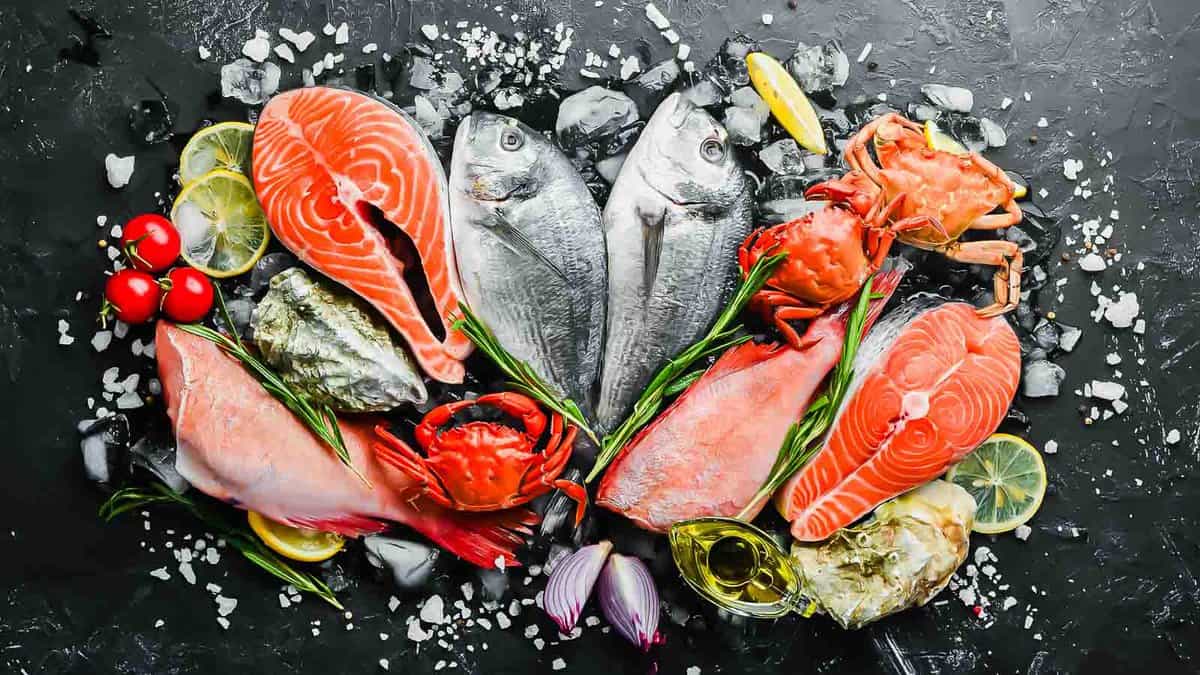
Shark

Sharks are top predators in their ecosystems, and their declining numbers due to overfishing can have cascading effects on ocean health. Moreover, shark meat can contain dangerously high levels of mercury, posing a health risk. Alternatives like sardines or mackerel offer safer, more sustainable sources of similar nutrients.
Imported Farmed Shrimp
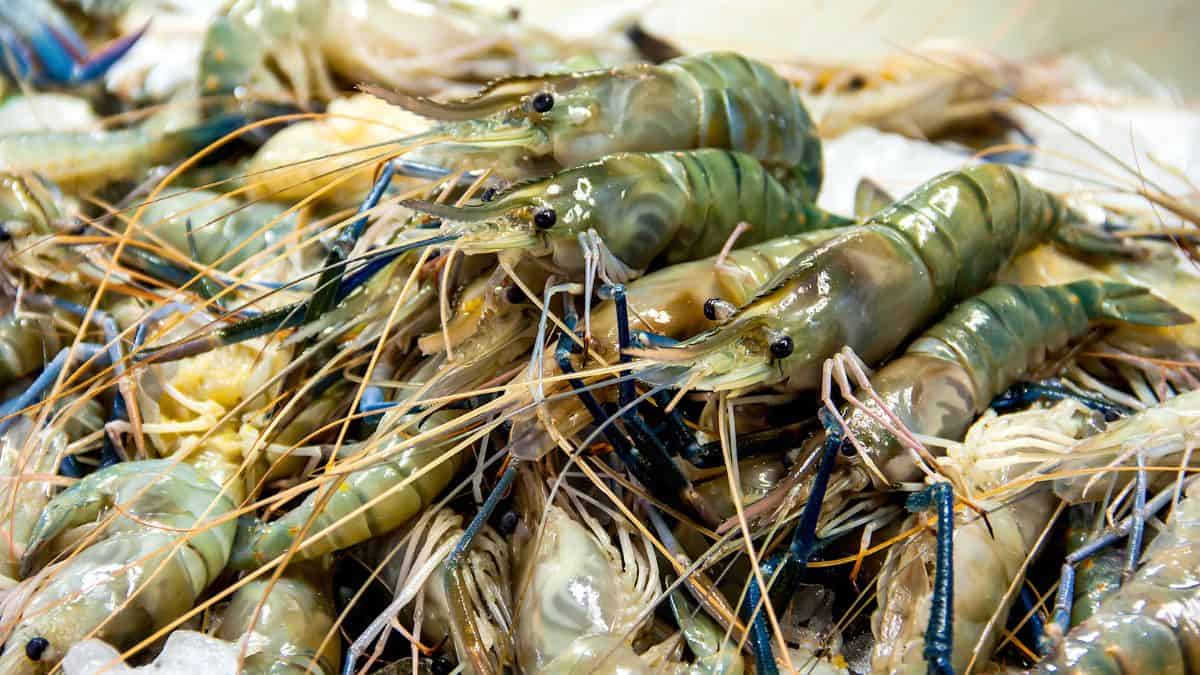
Imported farmed shrimp often comes from countries where regulations on antibiotics and pollutants are lax, leading to unhealthy and unsustainable practices. These conditions can harm local ecosystems and potentially affect your health. Instead, look for shrimp certified by environmental organizations or opt for wild-caught varieties.
Imported Catfish

Much of the imported catfish available in the market is raised in conditions that are far from ideal, with high risks of contamination from the waters they’re farmed in. To avoid these risks, choose catfish sourced from domestic farms that follow stricter environmental and health standards.
Atlantic Cod

The demand for Atlantic cod has led to significant overfishing, depleting its populations. This not only threatens the species but also disrupts marine ecosystems. Pacific cod from sustainably managed fisheries is a responsible alternative that doesn’t sacrifice taste or texture.
Chilean Sea Bass

Once a luxurious menu item, Chilean sea bass is now a symbol of overfishing and environmental disregard. Illegal fishing practices further exacerbate its decline. Eco-friendly alternatives like Alaskan halibut provide a similar rich, buttery flavor without the environmental guilt.
Orange Roughy

Orange roughy’s long lifespan and late maturity make it highly susceptible to overfishing, which has led to significant population declines. The fish is also known for accumulating high levels of mercury over its lengthy life. Healthier, more sustainable options include Pacific halibut or tilapia from responsibly managed farms.
King Mackerel

King Mackerel is a fish to steer clear of because it’s loaded with mercury. This heavy metal is especially risky for pregnant women and young kids, as it can mess with kids’ development and even impact adult health, by impacting brain functions and heart health. Since King Mackerel is a big, predatory fish, it picks up more mercury the longer it lives, making it a particularly bad choice for your plate.
Imported King Crab

Much of the king crab sold in stores comes from Russia, where regulations and sustainability practices are often lacking. This contributes to overfishing and environmental degradation. Alaska king crab is a more sustainable choice, subject to strict U.S. fishing regulations and sustainability practices.
Atlantic Salmon
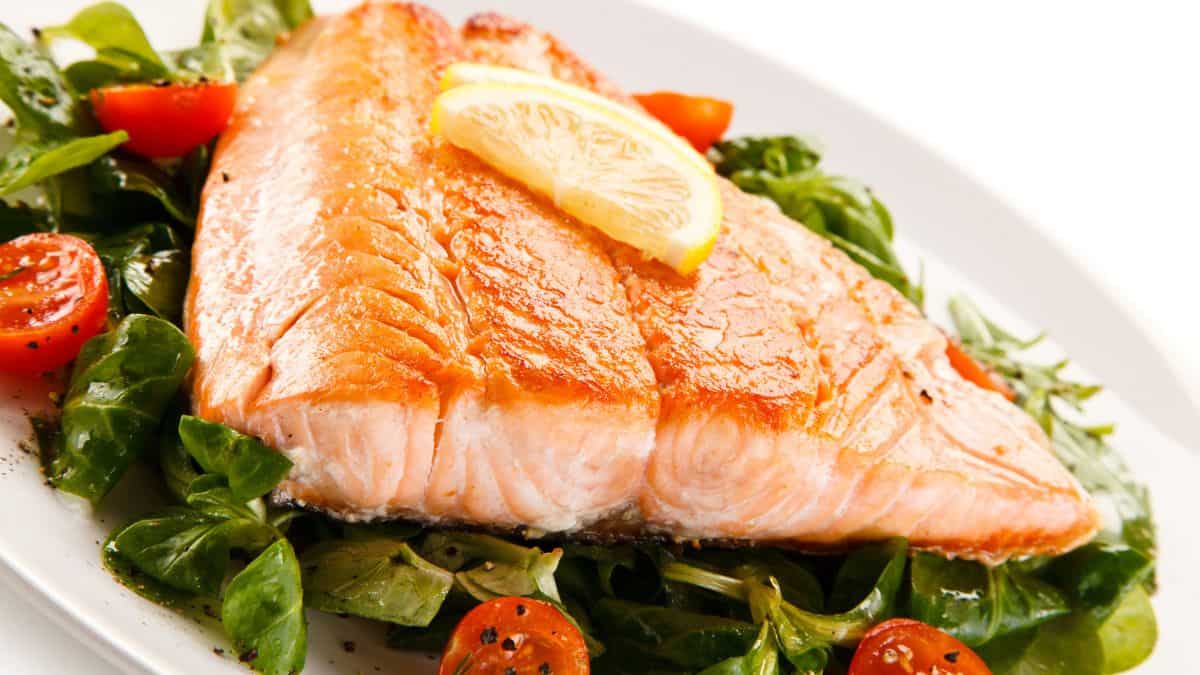
Farmed Atlantic salmon often comes from operations that can pollute waterways and spread diseases to wild salmon populations. There are concerns about the use of antibiotics and other chemicals. Opt for wild-caught salmon from the Pacific, or look for farmed options certified by rigorous environmental standards.
Tilapia

While tilapia is a popular and affordable option, it’s often farmed in crowded conditions that can lead to disease and pollution. However, when sourced from responsible farms, tilapia can be a sustainable choice. Look for certifications that ensure good environmental and health practices.
Swordfish
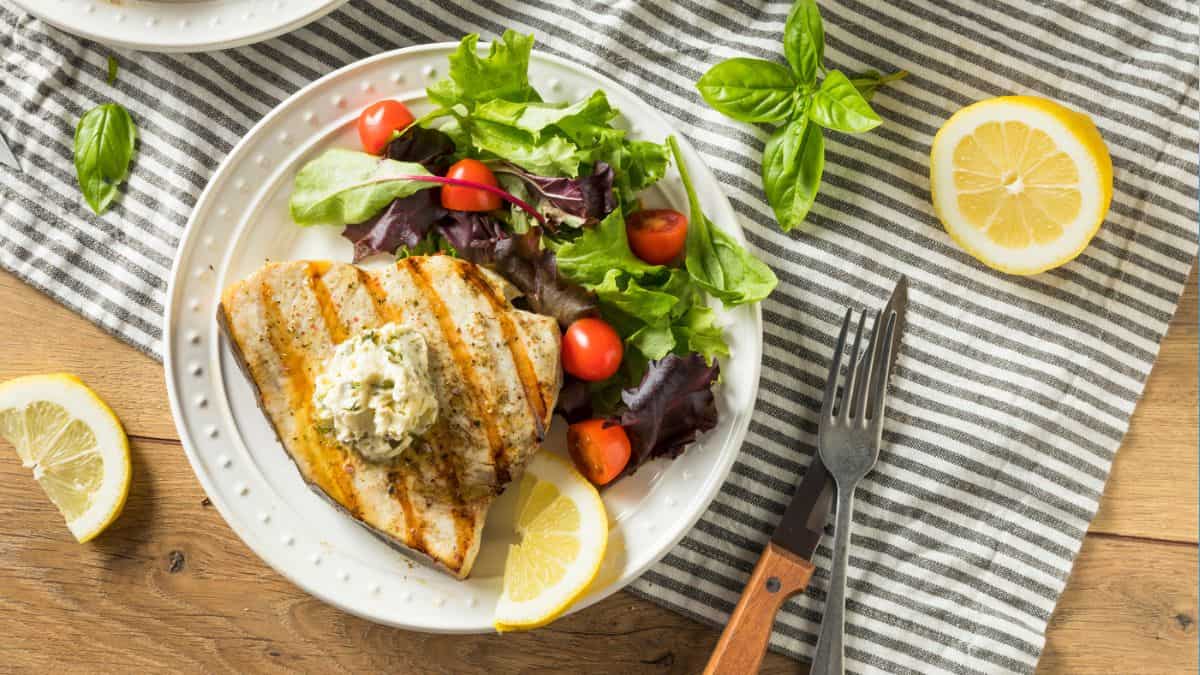
Swordfish are overfished in many parts of the world, and like shark, they accumulate high levels of mercury. Their decline has significant ecological implications. For a healthier and more sustainable option, choose smaller, lower-mercury fish such as trout or anchovies.
Eel
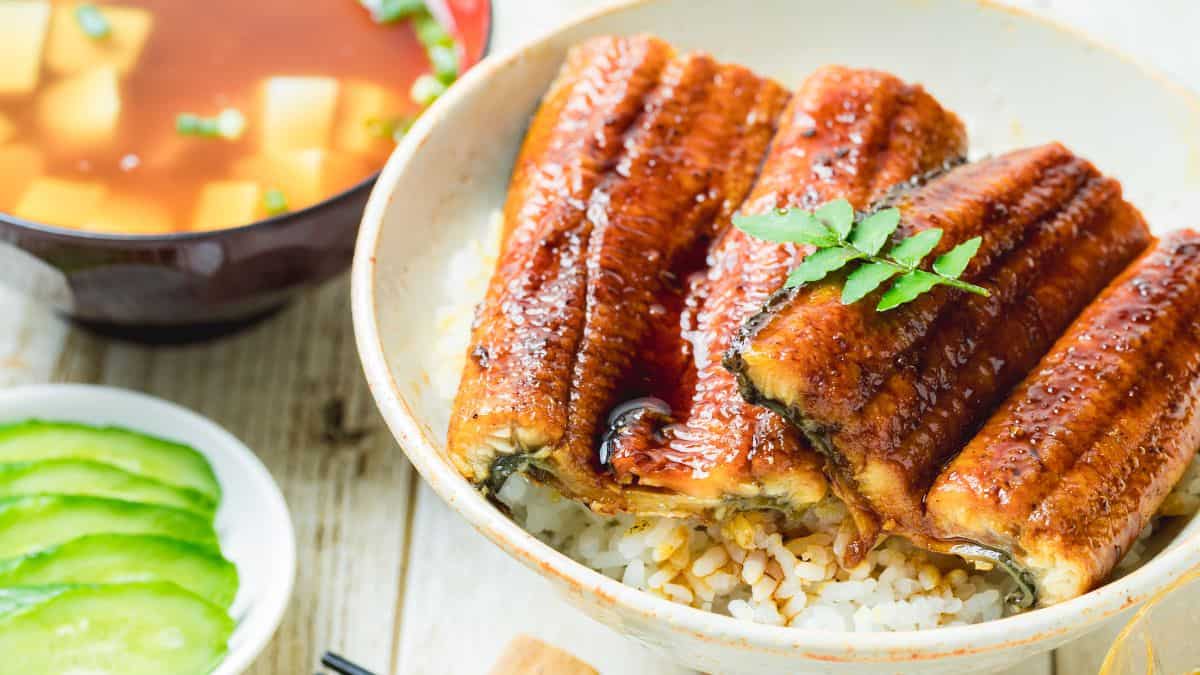
Eels are flagged for avoidance because they’re overfished and crucial for ecosystem health, aiding in water purification by spreading mussels in habitats like the Delaware River. Moreover, their tendency to accumulate toxins, including PCBs and flame retardants, poses significant health risks, with advisories in certain areas recommending limiting consumption to just one eel annually.
10 Dangerous Fish with High Mercury Levels and Safer Swaps
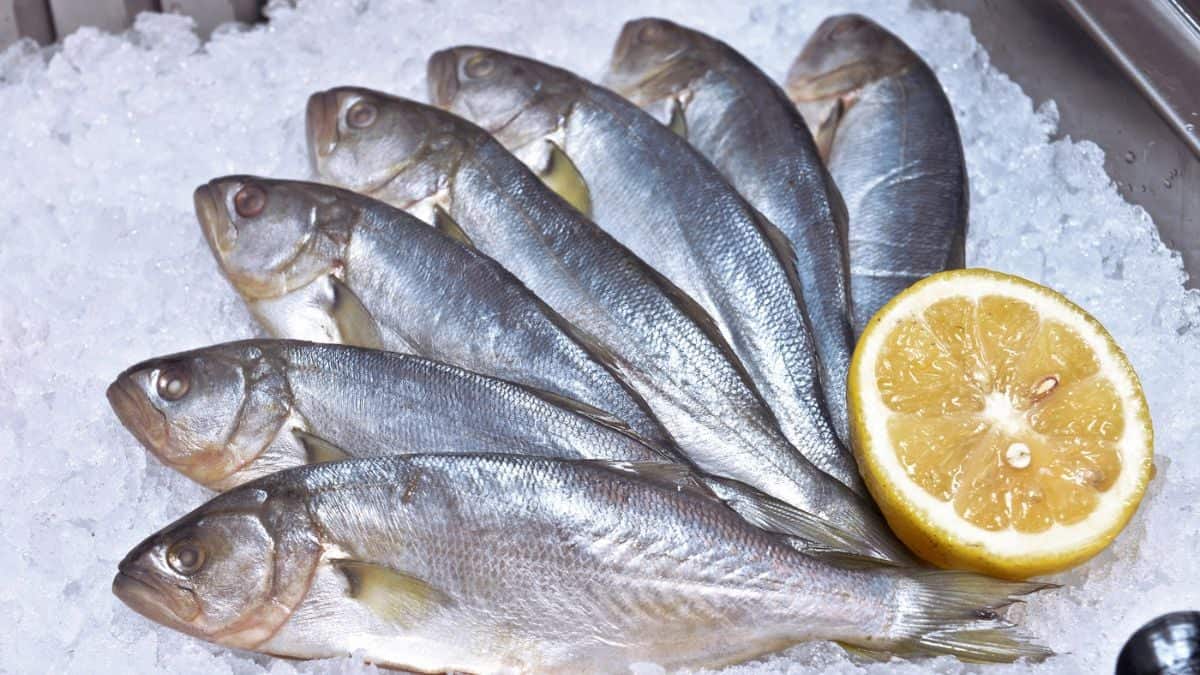
Mercury levels in seafood can be a hidden danger that many people overlook. Some popular fish contain high amounts of mercury, posing a risk if consumed too frequently. But there’s good news — safer and equally tasty alternatives are available. Here are the dangerous fish with high mercury levels so you know what to avoid and can find some alternatives to enjoy instead.
Read it Here: 10 Dangerous Fish with High Mercury Levels and Safer Swaps
9 Things They’re Not Telling You About Farmed Salmon

Farmed salmon might seem like a convenient and affordable choice, but there are some serious downsides you should know about. From health risks to environmental concerns, the impact of farmed salmon goes far beyond what you see at the grocery store. Many people are unaware of the contaminants, antibiotics, and unethical farming practices involved. Here are some of the reasons why you might want to think twice before adding farmed salmon to your cart.
Read it Here: 9 Things They’re Not Telling You About Farmed Salmon
Select images provided by Depositphotos.
Gina Matsoukas is an AP syndicated writer. She is the founder, photographer and recipe developer of Running to the Kitchen — a food website focused on providing healthy, wholesome recipes using fresh and seasonal ingredients. Her work has been featured in numerous media outlets both digital and print, including MSN, Huffington post, Buzzfeed, Women’s Health and Food Network.









Many years ago, I was a Marine Sciences Student, majoring in Fish Farming. As my education matured, I discovered and learned more about the Darker Sides to Fish Farming. Fish Farming isn’t a Bad business, but high demand for the products, has turned some once Good Farmers, into Farmers with a Dark Side. It ALL comes down to Money !! … and what goes into the end product. I chose to move on to other pursuits. It was a real bummer for me, because I was getting a great education and involved with cutting edge technology. …. Unfortunately for the people, it’s the commercial harvesters who’ve terribly ruined Fish Stocks by overfishing and unethical practices. Most people today, never had the opportunity to see and appreciate the HIGH DENSITY of the Wild Stocks of Fish that once navigated Both our Fresh and Saltwater environments, on their way to their ancestral Breeding Grounds. Sadly, I’ve been a witness to bodies of water that once were full of fish, and today are nothing but dried up Streams, Creeks, and Rivers, never to see any Fish, ever again. Life Happens, but Greed Destroys !!
Better define “sustainable.” Trawlers in Alaskan waters and just outside those waters are allowed a huge amount of “bycatch” which includes salmon, halibut, crab (so much for their so-called midwater nets), all kinds of other fish that are not on their list which is often pollock, oh… and mammals from Orca to seals and sea lions. Most are thrown overboard, dead. Many peoples of Alaska are now not allowed to subsistence fish their traditional rivers because, for instance, there are virtually no king salmon.